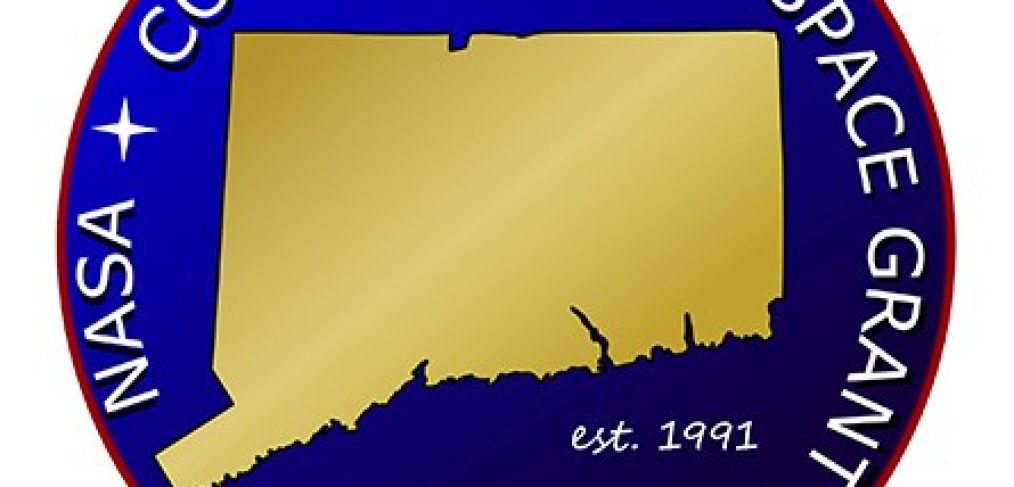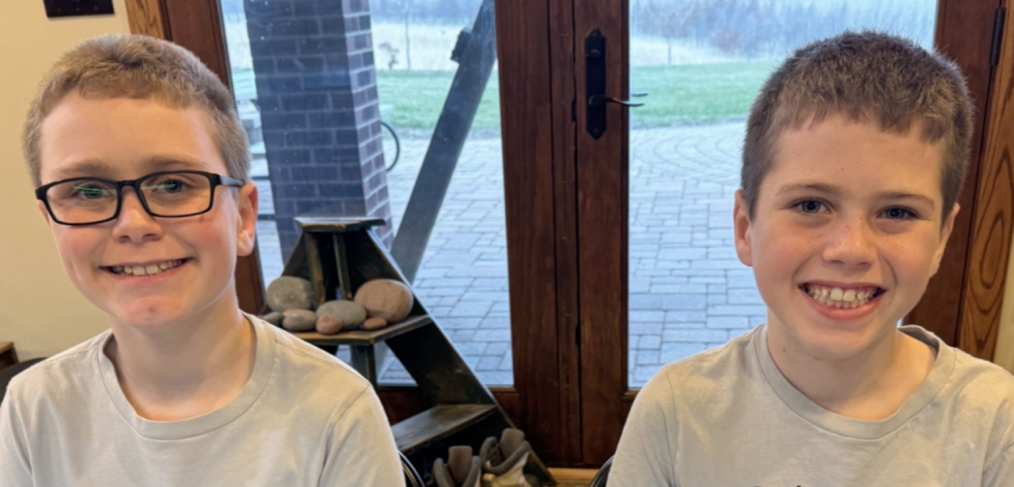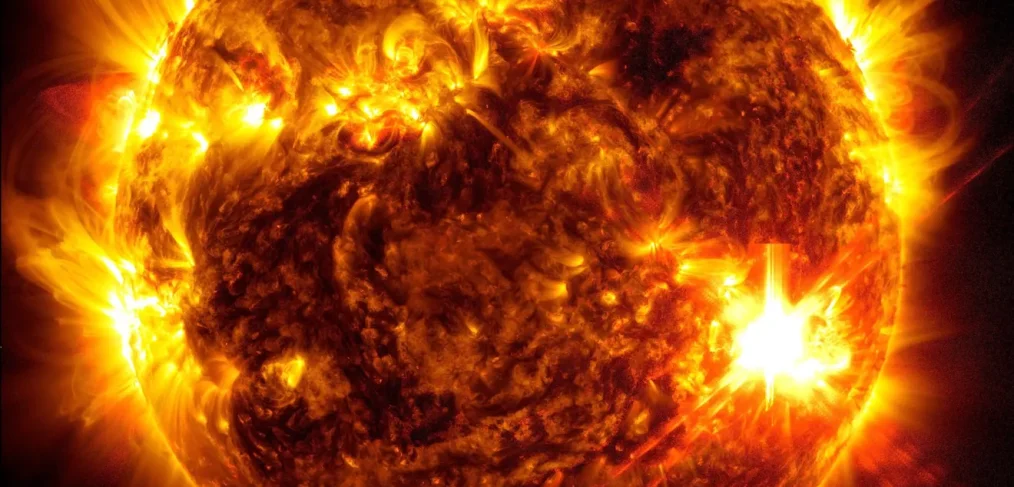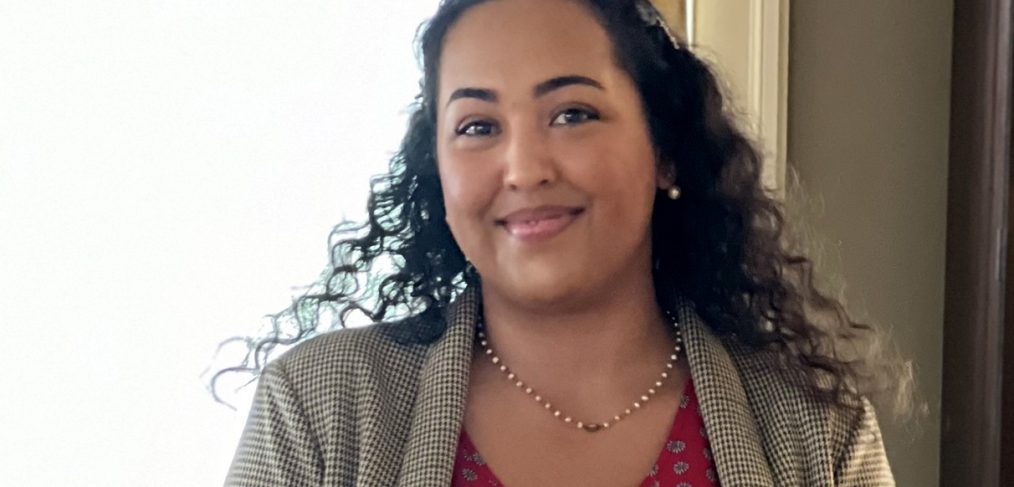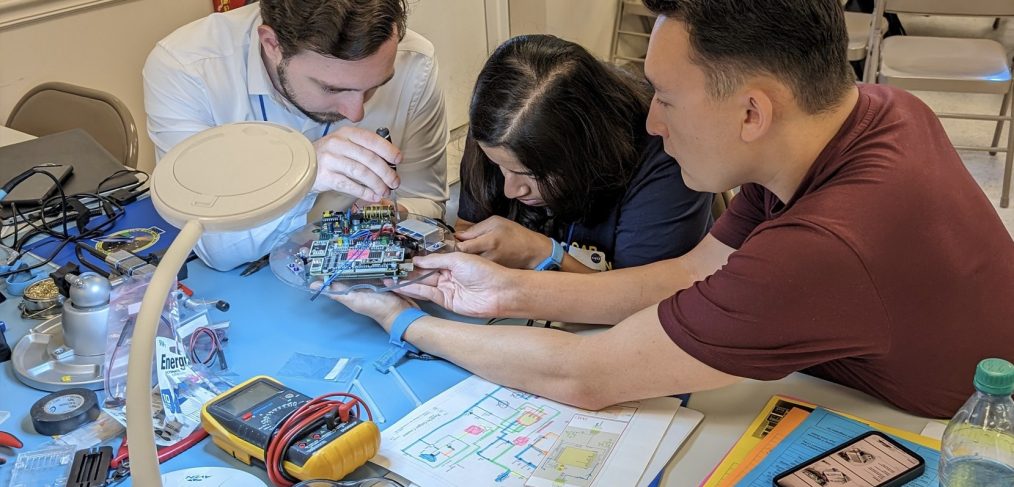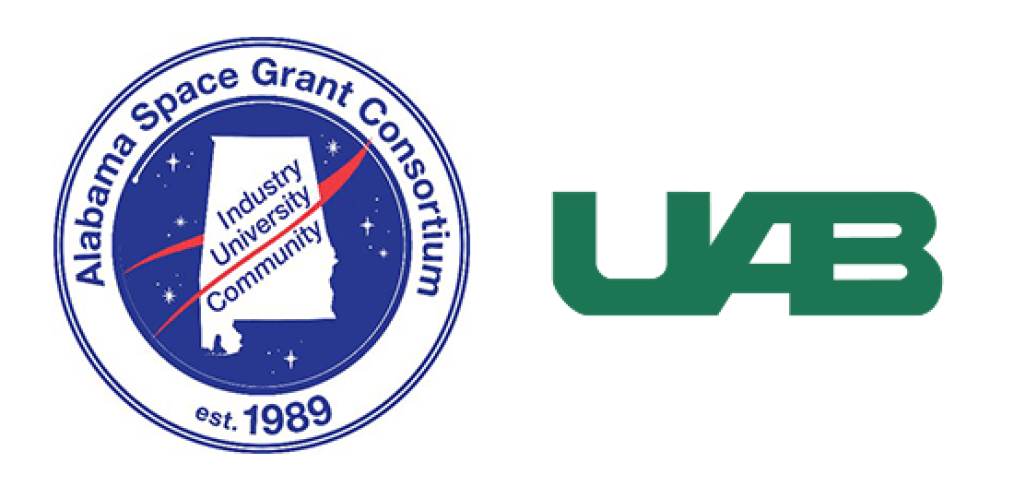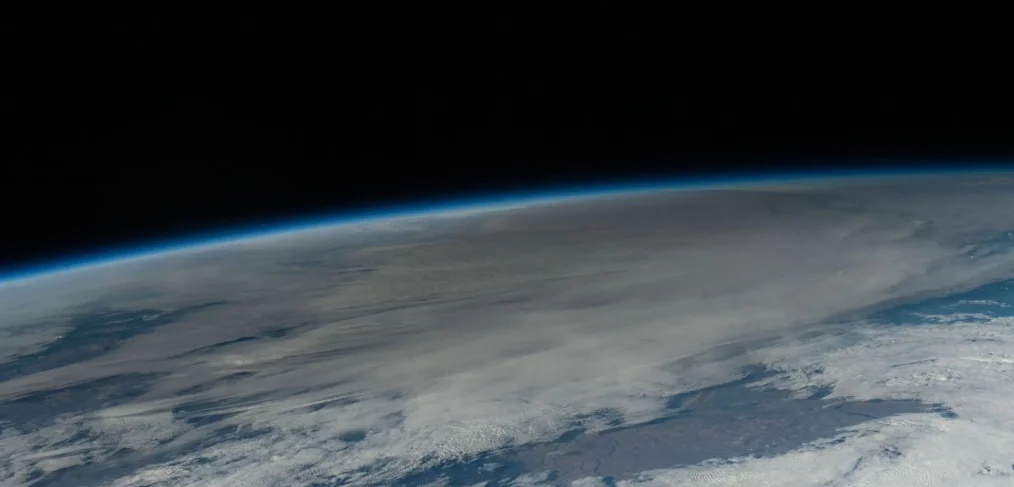DURHAM — The University of New Hampshire announced it has been awarded $24.3 million by NASA, on behalf of the National Oceanic and Atmospheric Administration (NOAA), to build sensors for an alert system that will monitor the effects of space weather and the solar wind — caused by explosions on the sun — for potential interruptions to key technology like satellite communications, electric power grids and GPS systems.
“We are extremely excited to play a critical role in the nation’s space weather alert system,” said Lynn Kistler, professor of physics and astronomy and director of UNH’s Space Science Center. “This allows us to use our scientific expertise to help address vital national safety interests and build on UNH’s long history of scientific and operational missions, expanding the range of the UNH Space Science Center’s strong proficiency and skill in space instrumentation.”
As part of the solar wind plasma sensor contract, UNH will develop and build two sensors for the Lagrange 1 Series project to monitor the solar wind — a supersonic flow of hot particles known as plasma, from the sun. The sensors at L1 will help identify and give a ‘head’s up’ warning of any concerns in about 100 minutes for slower events and about ten minutes for faster events.
This data will be used in both real time for NOAA’s Space Weather Prediction Center alert system, which issues forecasts, warnings and alerts that help mitigate any potential issues caused by space weather, as well as be available to the scientific community to study the response of the Earth’s environment to space weather events.
“While the data may be used in space weather impact studies, this is an operational mission to help raise the alarm if any large-scale solar wind structures, such as coronal mass ejections, passing the L1 point are considered dangerous,” Toni Galvin, research professor and director of N.H. Space Grant Consortium. “Because of that, the instrument requirements are more stringent, and they have to be able to measure the most extreme conditions with high accuracy, because those are the conditions that can cause the most potential harm to technology.”
Read the full article on Fosters.com.
Image Credit: NASA/SDO Provided by UNH
Author Credit: Special to Seacoastonline | Portsmouth Herald
Original Post Date: Oct. 29, 2024


